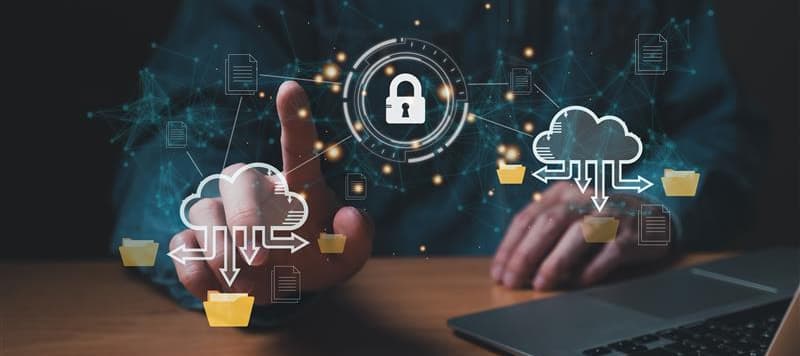Home networks have become the single weakest link in the connectivity chain for businesses in the age of coronavirus. Lacking direct control over home devices, IT has lost the ability to implement uniform security measures and maintain the same level of cyber resilience on work-from-home networks as their on-site infrastructure. But just like the pandemic is forcing us to adapt our work practices elsewhere, our home cyber security habits will have to change to suit the current challenge.
In this post, we’ll break down a few steps you can take to add resiliency to your home network, so you don’t have to sacrifice security for convenience during the global pandemic.
The secure tunnel
We instantly lose a measure of security the minute we step outside the protective shell of our corporate network. The average home network is significantly less secure than corporate networks. This leaves remote workers more vulnerable to attacks anytime they’re not connected to the corporate network.
An easy way to quickly improve security at home by using a virtual private network (VPN). With a VPN, you can establish a secure tunnel between your home network and your corporate environment, making your home connection more immune to outsider attacks. A VPN extends your home network – and even your connection from the local coffee shop – across a public network, allowing you to interact with your corporate system as if you were connected directly to it. This allows applications to operate securely and encryption to be enabled within the VPN connection.
Handshake hygiene
A clean handshake is healthier in the physical world. And it’s the same with the digital handshake between your home devices and your corporate network. Anytime someone from outside the network attempts to log on, there’s a risk the person isn’t who they say they are. Data breaches are a regular occurrence, and login credentials are some of the most common targets in those breaches. In many scenarios, all it takes is a username and password to gain access to the company network. Once inside, cyberthieves can unload malicious payloads or find additional user credentials to launch even more pernicious attacks. But by adding just one extra layer of security in the form of an additional checkpoint, it’s possible to thwart most attacks that rely on only a username and password.
That’s why multi-factor authentication (MFA) has become the go-to method for adding extra verification steps to confirm that the person logging on is truly who they say they are. With MFA, the user verifies their identity using knowledge only they have, like a password or answers to challenge questions. As an additional verification step, the user supplies an item, like a YubiKey or a one-time password sent to a mobile device. Lastly is an inherited characteristic unique to who the person, such as a fingerprint, retina scan, or voice recognition. In today’s highly regulated business environment, most businesses make MFA mandatory for employees logging in from outside the network.
Backup vs. online storage and file sync
In addition to antivirus, most organizations have backup in place to be able to recover from everyday data loss, accidental file deletions and for viruses that manage to evade threat detection software. But they also use backup to eliminate the practice of employees improvising their own methods, like copying files to online storage and file sync services. These services lack the same robust security that purpose-built backup has. Nonetheless, with employees working from home devices, the temptation is greater to fall back into bad habits. It’s important for employees to remember that online storage and file sync services are not the same as backup. And that they should continue to use company-approved backup to ensure the resilience of their data while they’re working from home.










